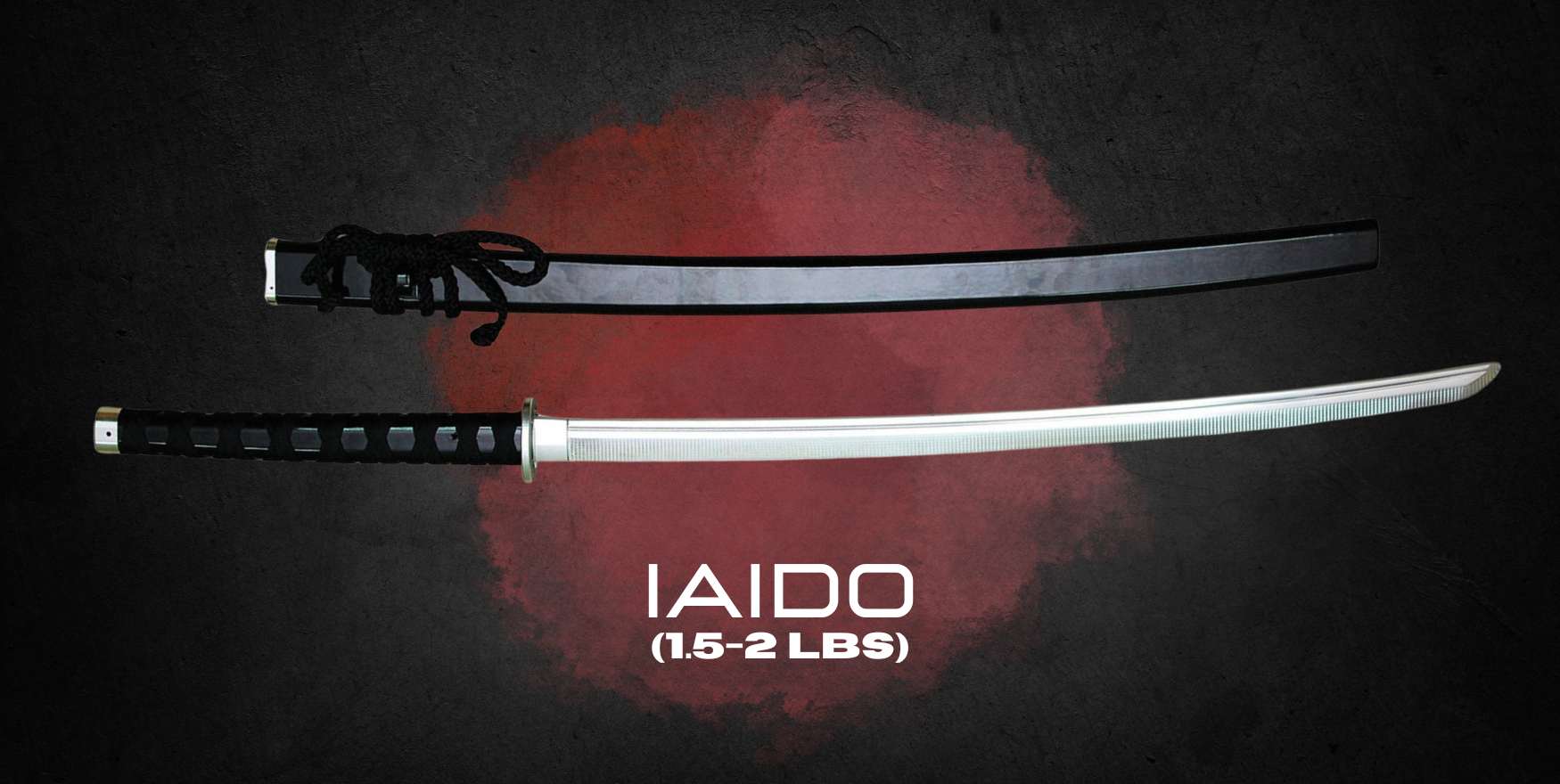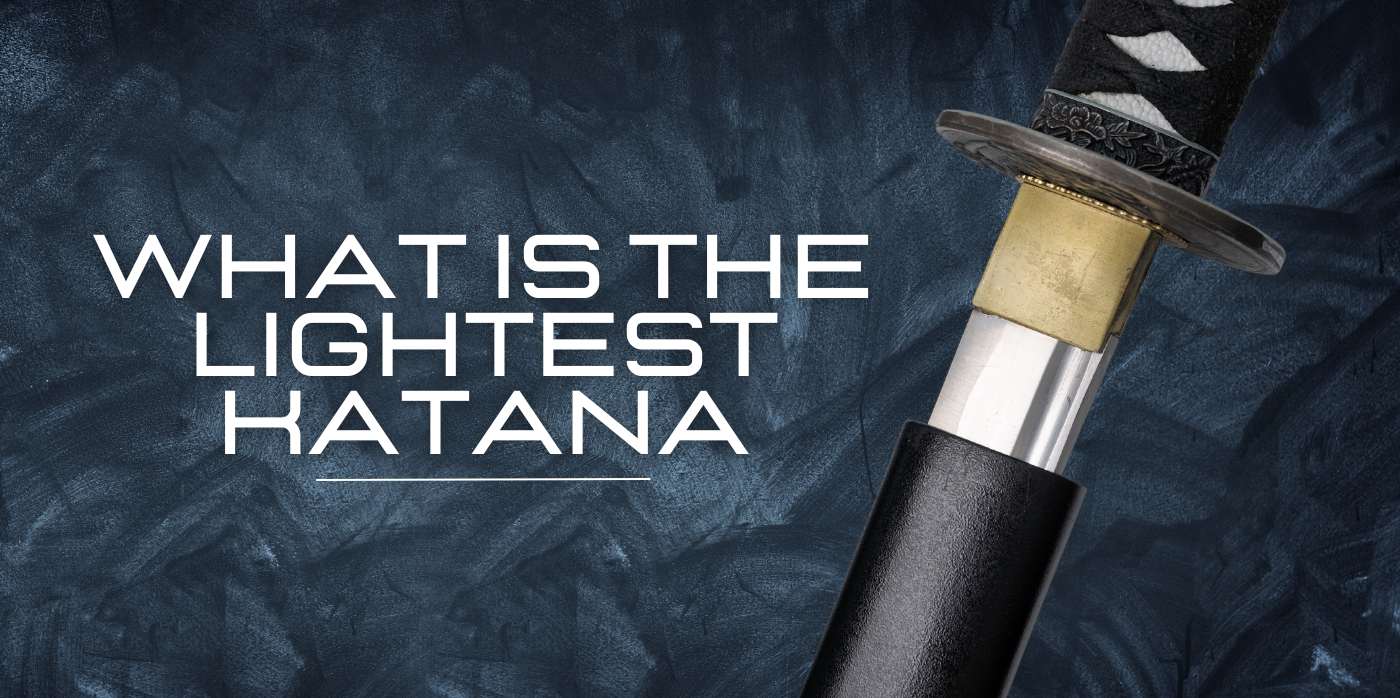What is the lightest katana
The lightest katanas are typically those made from modern materials such as aluminum alloys, designed primarily for iaido (the art of sword drawing) practice. These swords, known as iaito, are not made for cutting but for form and technique practice. Aluminum is much lighter than the traditional tamahagane steel used in authentic katana forging, which reduces the overall weight significantly.
An average iaito might weigh around 700 to 900 grams (about 1.5 to 2 pounds), whereas traditional steel katanas usually weigh more, around 900 to 1200 grams (about 2 to 2.6 pounds) or more depending on the blade length and fittings.
The choice to use aluminum alloys for iaito offers practitioners the ability to train with a sword that has the balance and length of a real katana but without the danger and weight of a sharp steel blade. This makes it easier, especially for beginners, to learn the movements and techniques without excessive strain.
For those seeking the experience of wielding a katana with the traditional look and feel but without the weight of a combat-ready blade, these lightweight iaito provide an excellent option.

What makes a katana more or less heavy
The weight of a katana can vary significantly based on several factors, each contributing to the overall heft and balance of the sword. Understanding these elements can help in selecting a katana that best suits an individual's needs, whether for martial arts practice, collection, or other purposes. Here are the primary factors that influence a katana's weight:
-
Material of the Blade: Traditional katanas are forged from tamahagane steel, a type of steel made from iron sand, known for its ability to be both hard and flexible. Modern replicas or training swords (iaito) might be made from different materials, including aluminum or stainless steel, which can significantly reduce the weight.
-
Blade Length: The length of the katana's blade (nagasa) directly impacts its weight. A longer blade will naturally weigh more than a shorter one. Standard katana lengths range from about 60 cm to 73 cm (about 23.6 inches to 28.7 inches), but variations can be lighter or heavier depending on their dimensions.
-
Blade Thickness and Width: The cross-sectional profile of the blade, including its thickness (kasane) and width (motohaba), also affects the weight. A blade that is thicker or wider will weigh more. Some katanas have a fuller (bo-hi), a groove that runs along part of the blade to reduce weight without sacrificing strength.
-
Construction and Forging Techniques: The method used to forge the blade can influence its weight. Traditional folding and forging techniques, which involve layering the steel, can create a dense, heavy blade. Conversely, modern manufacturing methods might produce lighter blades, especially if the goal is to create a sword for practice rather than combat.
-
Tsuba (Guard) and Fittings: The materials and design of the tsuba, as well as other fittings like the fuchi (collar), kashira (pommel), and menuki (ornamental undergrip), contribute to the overall weight of the katana. Elaborate or large tsuba and heavy decorations will add weight.
-
Tsuka (Handle) Length and Materials: The length of the handle and the materials used for its construction, including the core (usually wood), the wrapping (ito), and the samegawa (ray skin) underneath the ito, also play a role in the final weight of the sword. Longer handles designed for two-handed use will add weight.
-
Saya (Scabbard): While not part of the sword itself, the scabbard's weight is worth considering for those who practice drawing the sword (iaijutsu or iaido). The saya is typically made from lightweight wood, but its construction and any additional decorations can affect the overall feel and heft of carrying the katana.
A lighter katana might be preferred for iaido practice, allowing for quicker movements and less fatigue during training. However, a heavier sword might be sought after by those practicing tameshigiri (test cutting) for its added momentum in cuts. Ultimately, the "ideal" weight of a katana is subjective and depends on the intended use and the user's preference and strength.





